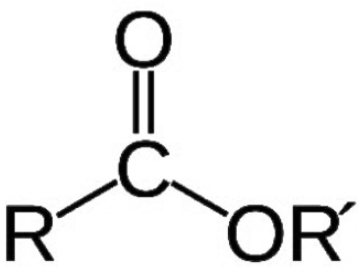A chemical compound derived from an acid (organic or inorganic) in which at least one –OH hydroxyl group is replaced by an –O– alkyl (alkoxy) group. Esters are also usually derived from carboxylic acids. It may also be obtained by reaction of acid anhydride or acid halides with alcohols or by the reaction of salts of carboxylic acids with alkyl halides.

Dilaurate (C12) esters of Polyethylene Glycol (PEG) of various molecular weights. The lower molecular weight versions are oil soluble, water dispersible, the higher molecular weight versions are soluble in water. They have low volatility, give very effective wetting, lubrication and emulsification. Dilaurate PEG Esters are used in cleaners, lubricants, greases and metalworking fluids, also in hand soaps, creams and pearlizers.
HLB: 6.7
pH1% 5.0 – 7.0
Solubility: Oil soluble, water dispersible
Appearance: White solid
Acid Value: <5 mg KOH/g
Solids: >98%
Melting pt.: 24°C (75°F)
APPLICATIONS: Effective wetting and viscosity modifier. Has emulsification properties.
Bring our expertise to your business. Let’s build valuable bonds together.